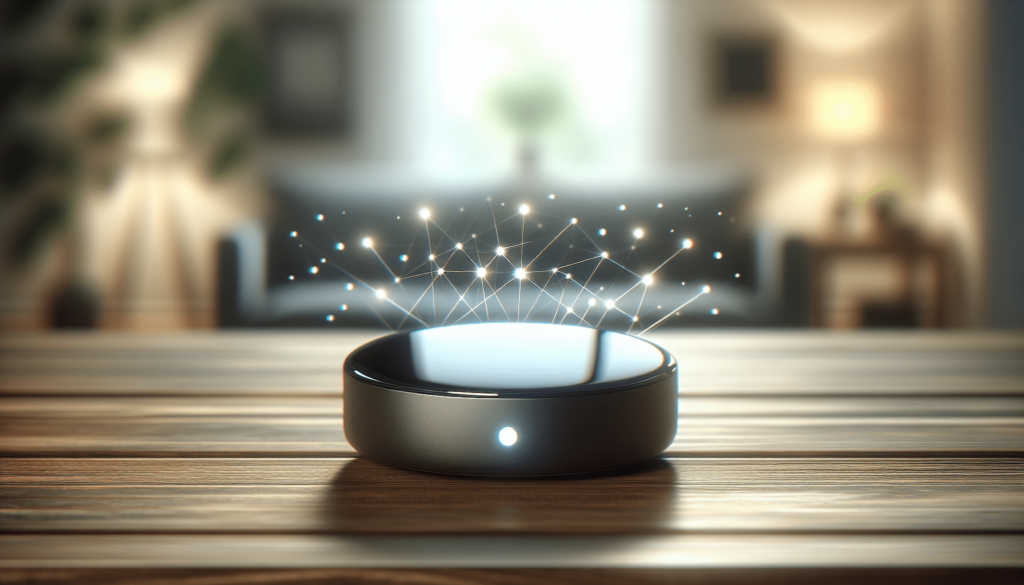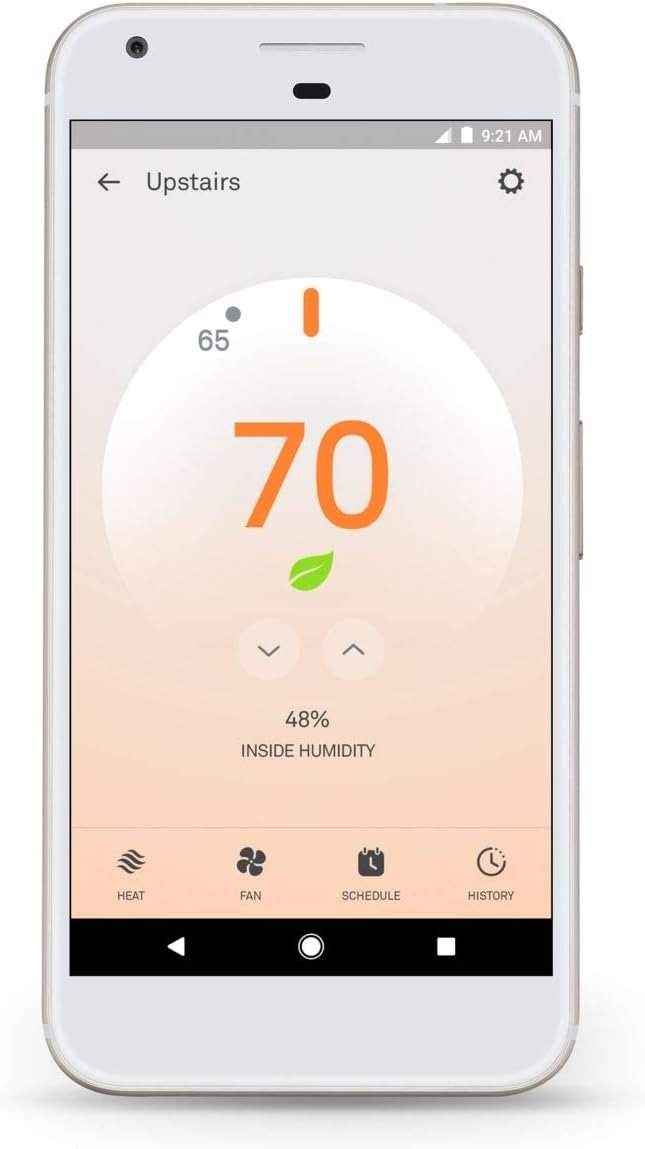Have you ever wondered how smart home hubs work and what makes them such a valuable asset to modern living? With the increasing popularity of smart home technology, you might find yourself curious about how these systems operate and how they can benefit your home environment. Whether you’re a homeowner, renter, first-time buyer, or tech enthusiast, gaining a solid understanding of smart home hubs can help you make informed decisions about integrating this technology into your everyday life.

What is a Smart Home Hub?
A smart home hub acts as the central command center for your connected devices. It’s the crucial link that allows various smart products from different manufacturers to communicate seamlessly within your home. Think of it as the brain of your smart home, managing and coordinating instructions to create an integrated ecosystem.
The Role of Smart Home Hubs in Your Connected Home
The primary function of a smart home hub is to ensure all your smart devices are harmoniously working together, even if they come from different brands or use different communication protocols. This coordination becomes essential as you expand your ecosystem with more gadgets, from smart lights and thermostats to security cameras and door locks. By using a smart hub, you ensure a unified experience where all devices can be controlled from a single platform.
Centralized Control for Your Convenience
Imagine having all your devices accessible through a centralized app on your smartphone or tablet. With a smart home hub, you can manage everything through one interface, simplifying your daily routines and enhancing your control over your environment. Whether you’re adjusting the lighting for a movie night or setting the perfect temperature before arriving home, the hub makes integration straightforward and user-friendly.
Understanding Smart Home Technology
Smart home technology refers to the network of devices that can communicate and interact with each other, providing convenience and efficiency in your living space. These devices are often connected via wireless protocols, such as Wi-Fi, Zigbee, or Z-Wave, and can be controlled remotely through apps or voice commands.
Common Smart Home Devices
Smart homes can include a diverse range of devices designed to perform various functions. Here are some popular ones you might consider:
-
Smart Lights: These can be programmed to turn on/off at specific times or be controlled using voice-activated assistants.
-
Thermostats: Smart thermostats learn your temperature preferences and can adjust settings to optimize energy efficiency.
-
Security Cameras and Systems: These provide peace of mind by monitoring your home and alerting you of any unusual activity.
-
Smart Speakers: Devices like Amazon Echo or Google Nest act as personal assistants, capable of playing music, setting reminders, or even controlling other smart devices in your home.
Integration for Better Living
The true benefit of smart home technology lies in its ability to provide an intuitive, interconnected environment. By integrating smart devices, you create automated routines and schedules that cater to your preferences, enhancing convenience and efficiency in daily activities.
Cost and Value Considerations
While the initial investment in smart home devices and hubs can seem significant, it’s essential to consider the long-term savings and potential return on investment.
Understanding the Costs
The cost of setting up a smart home can vary widely depending on the devices and level of integration desired. While it’s possible to start with just a few smart bulbs or a thermostat, creating a fully automated home will naturally be more expensive. However, the key is to find solutions that fit your budget and offer clear benefits.
Evaluating Value Over Time
Investing in smart home technology often leads to energy savings, enhanced security, and overall convenience, making it a valuable addition. By reducing energy waste and avoiding unnecessary expenses with automated systems, the savings can become apparent over time. These efficiencies not only contribute to cost savings but also increase the comfort and security of your home.
Setup and Integration of Smart Devices
Setting up smart devices might seem daunting at first, but with the right guidance, it becomes an easy and accessible task.
Step-by-Step Setup Guide
-
Choose Your Smart Home Hub: Start by selecting a hub compatible with your desired smart devices. Ensure it’s user-friendly and supports your preferred communication protocols.
-
Connect Your Devices: Following the hub setup, connect your devices either using their apps or through the hub’s features. Most devices come with easy-to-follow instructions.
-
Configure Routines and Automations: Use your hub’s app to create customized routines, such as turning off lights when you leave the house or heating your home before you wake up.
-
Integrate Voice Assistants: Enhance control by integrating your smart home with voice assistants like Amazon Alexa, Google Assistant, or Apple’s Siri for hands-free operation.
Overcoming Setup Challenges
Issues such as connectivity problems or device incompatibility can arise during setup. Ensure your hub and devices are updated with the latest firmware, and always refer to reliable customer support or online forums for troubleshooting.
Security and Privacy Considerations
As with any connected device, it’s essential to ensure your smart home is secure and your privacy is protected.
Addressing Potential Risks
Smart devices, when poorly secured, can present vulnerabilities that hackers could exploit. To safeguard your home:
- Use strong, unique passwords for your devices and Wi-Fi network.
- Regularly update your device firmware to counteract potential security threats.
- Enable multi-factor authentication for added security layers.
Maintaining Your Privacy
Smart devices collect data to operate effectively, often leading to privacy concerns. To maintain control over your data:
- Review privacy settings on your devices and limit data sharing where possible.
- Be aware of the data collected by your smart home system and who has access to it.
- Choose manufacturers with strong privacy policies and a track record of securing user data.

Exploring Energy Efficiency and Sustainability
One of the most significant advantages of smart home technology is its potential to enhance energy efficiency.
Reducing Energy Consumption
Smart thermostats, lighting, and power outlets allow you to optimize energy use by creating tailored schedules that minimize waste. Smart meters and energy monitoring systems further assist by providing real-time data, enabling informed decisions about resource usage.
Sustainable Living Through Smart Technology
By reducing your environmental footprint, smart devices contribute to a more sustainable lifestyle. Not only do they cut down on energy consumption, but they also promote responsible resource management—helping you live more sustainably while saving money.
Compatibility and Connectivity
A crucial aspect of any smart home setup is ensuring compatibility between different devices and platforms.
Choosing the Right Protocols
Devices often use distinct communication protocols such as Wi-Fi, Zigbee, or Z-Wave. A versatile hub can act as a bridge, supporting multiple protocols to increase compatibility and ensure smooth device interactions.
Ensuring Ecosystem Compatibility
When building your smart home, choose devices and a hub that are compatible with each other. Many manufacturers now offer ecosystems where components are designed to work seamlessly together, enhancing user experience.
Future-Proofing Your Smart Home
With technology ever-evolving, it’s worth considering how you can future-proof your smart home system.
Staying Informed on Emerging Trends
Stay abreast of new developments in smart home technology to ensure your system remains current and efficient. Emerging technologies such as AI integration and IoT expansion continue to enhance interoperability and functionality.
Planning for Technological Advancements
Choose a smart home setup that’s scalable and adaptable to future changes. Opt for systems that allow easy upgrades or expansions as newer, more advanced devices become available.
Conclusion
Smart home hubs prove to be an indispensable part of creating an interconnected living space. By understanding how they work and considering the benefits and challenges, you can confidently step into the world of smart living. Whether for convenience, energy efficiency, or heightened security, smart home technology continues to transform modern homes, making life more comfortable and efficient.
By integrating these intelligent systems, you create a more responsive and adaptable environment that aligns with your lifestyle and needs. The journey toward a smarter home is a step toward a more controlled, efficient, and safer living space that offers a rewarding experience for anyone ready to embrace the future of home automation.




